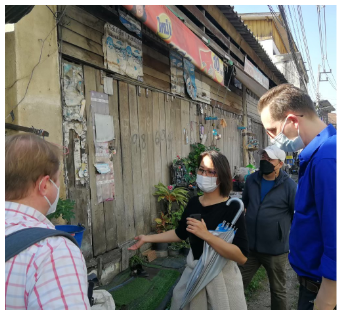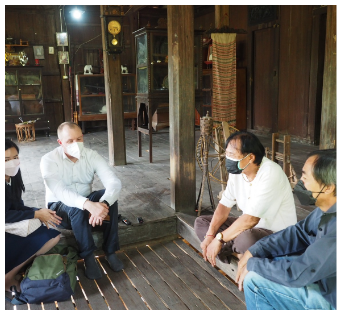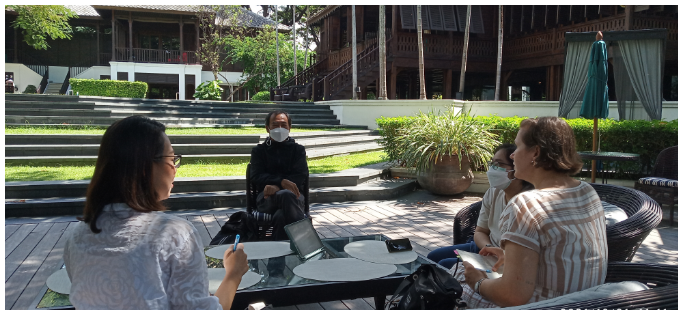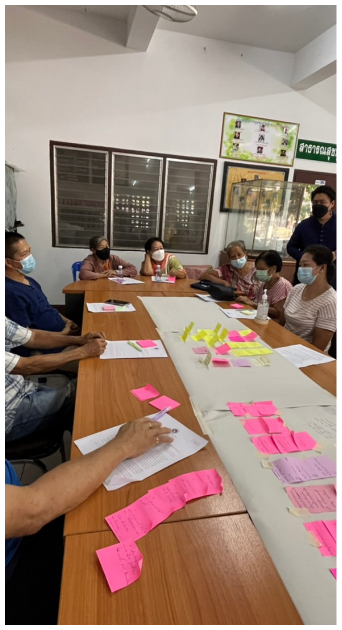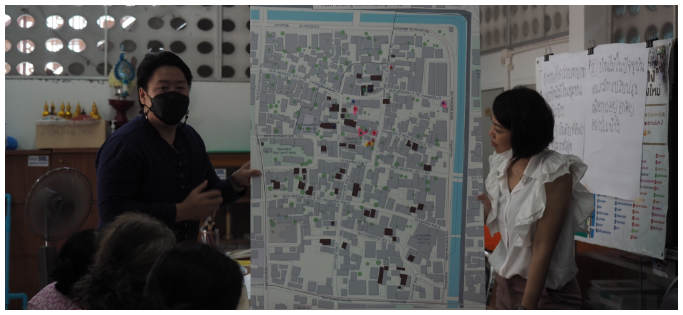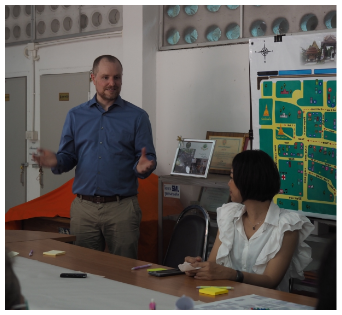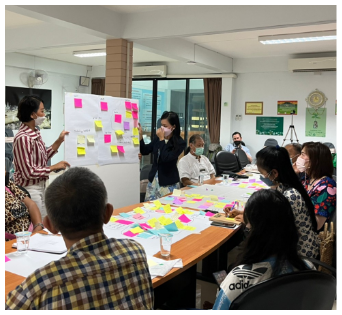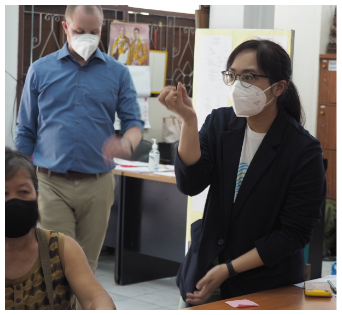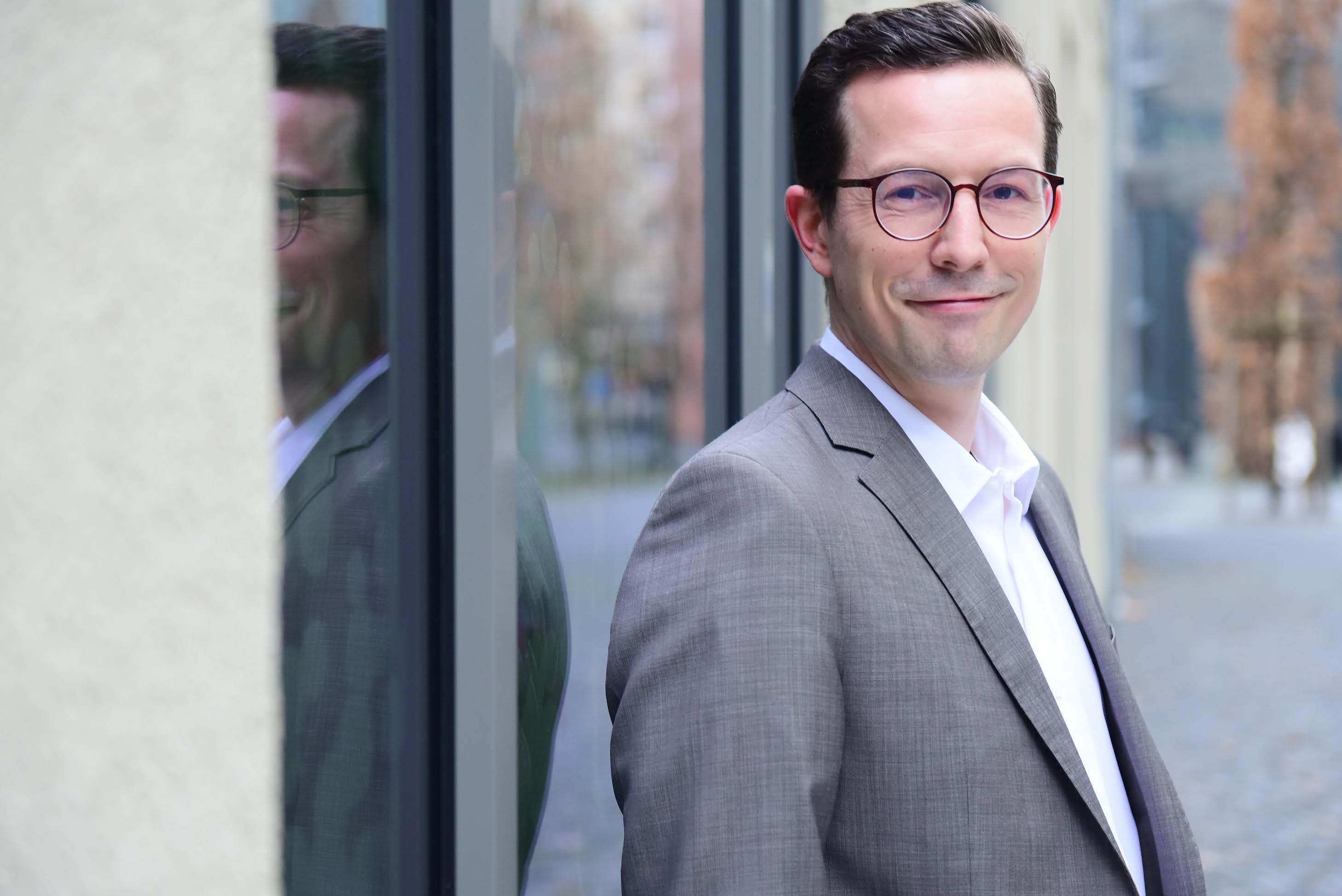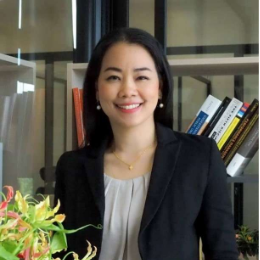MAIN GOAL
CHALLENGES
OBJECTIVES
Against the background of the planning ideal “preservation through use”, concepts for the use of these buildings are developed together with residents and city administrations. In this way, CHARMS contributes both to increasing the quality of life of the residents and to reducing construction-related CO2 emissions.
Surveys by the project team show that especially young residents of historic wooden houses feel adversely affected either because of high energy costs, poor air quality or insufficient thermal comfort. On the one hand, the problem is due to the fact that the younger generation’s demands for indoor comfort differ from those of their parents‘ generation. On the other hand, the functionality of traditional, indirect cooling systems of historic wooden houses is severely limited due to the changed local microclimate and high air pollution. Residents are therefore increasingly investing in technical cooling systems, which however lead to a higher energy consumption and urban heat islands. Lastly, the impact of municipal initiatives to improve the situation has been limited in the past, partly due to insufficient involvement of local actors and low synergy effects between initiatives.
CHARMS develops an integrated strategy to increase the indoor comfort of historic homes in the city of Chiang Mai.
Various stakeholders from the Fraunhofer-Gesellschaft and Chiang Mai University initiated this project in view of the prevailing insufficient air quality
in the city and the COVID-19 related increasing importance of the domestic environment as a living and working space.
The project’s aim is to improve domestic well-being and public health as well as to preserve architectural heritage and cultural
identity by integrating technical and social innovations. For this reason, locally adapted sustainable utilization concepts for historic wooden houses
and neighborhoods are designed and their implementation is being prepared. The close involvement of local stakeholders in the R&D process ensures local
acceptance of the developed solutions and thus a successful project implementation in the long term.




